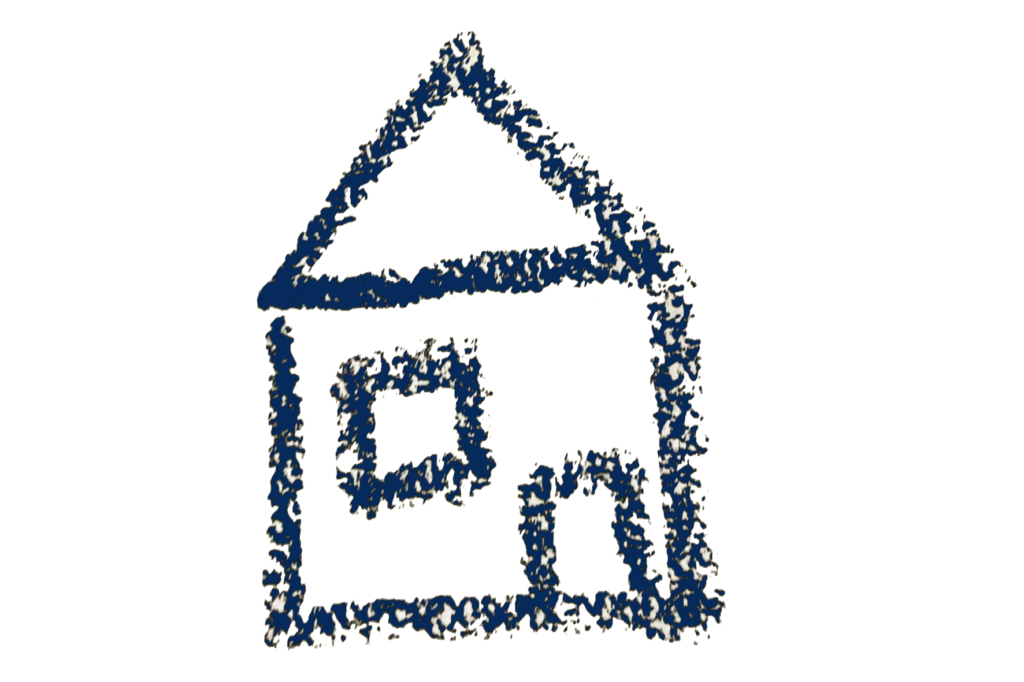What is ASSIP flex?
Basic information
What is ASSIP flex?
The brief therapy ASSIP¹ (Attempted Suicide Short Intervention Program) is routinely offered to all patients following a suicide attempt. It was developed and evaluated by the University Clinic for Psychiatry and Psychotherapy in Bern. ASSIP reduces the risk of further suicide attempts by 80 percent through just three to four sessions, along with ongoing letter contact over two years. Since October 2021, ASSIP has been offered flexibly in the Canton of Bern through mobile units. Treatment can be provided inpatient, outpatient, or as home treatment, depending on individual needs. This approach also allows patients with limited mobility or difficult access to be reached, and enables the social environment to be more directly involved in the treatment.
1 ASSIP® is a registered and protected trademark at the Swiss Federal Institute of Intellectual Property (Trademark No. 710930).
How effective is ASSIP?
At the University of Bern, we conducted a study to examine the effectiveness of ASSIP and determine whether it is helpful. We found that ASSIP is very effective. It reduces the risk of further suicide attempts over a 24-month period by about 80 percent. This means that people who participate in ASSIP are much less likely to make another suicide attempt.
ASSIP consists of three to four sessions in which we work together to understand why someone exhibits suicidal behavior. During the sessions, personal warning signs are discussed and a plan is developed to reduce the risk of another suicide attempt.
An important part of ASSIP is building a trusting relationship between the patient and the therapist. This relationship is maintained through regular letters over a period of two years.
We also found that ASSIP improves coping with difficult situations. People who participate in ASSIP show fewer unhealthy and more helpful coping strategies after 24 months compared to those who receive conventional treatment.
We also found that the reasons for living and dying change over time. In people who participated in ASSIP, the reasons for dying decreased more than in those who received conventional treatment. These results show that brief interventions like ASSIP can help reduce the number of suicide attempts over a longer period.

How does ASSIP flex work?
After a suicide attempt, you should not face your experience alone. Therefore, we want to offer you supportive treatment in which we work together to better understand the background of your suicidal crisis and develop individual strategies to prevent future crises. You and the story of your suicide attempt are at the center of this process. You can choose the location of the therapy, which will be arranged in a brief preliminary phone conversation with you.
You can find more information about the process here.
I am already in treatment. Is that a problem?
No. If you are already in psychotherapeutic or psychiatric treatment, that is not a problem. ASSIP is a complementary program and not a replacement for (long-term) therapy. With your consent, communication with your current treatment providers can take place.
How much does ASSIP flex cost?
The costs for the brief therapy are covered by health insurance (basic coverage). There are no additional costs for home treatment; these are covered as part of a project by the University of Bern supported by Health Promotion Switzerland until the end of 2025.
How long ago must the suicide attempt have taken place?
ASSIP works regardless of how long ago the suicide attempt took place. It may have been a week or several years ago. What matters is that you are motivated to engage with the story of your suicidal experiences and behavior.

Where can ASSIP flex take place?
The ASSIP brief therapy can take place at your home or, by arrangement, for example at your general practitioner, your psychologist, psychiatrist, another trusted healthcare professional, during an inpatient stay, or at a relative’s home. The specific therapy location will be agreed upon with you in a brief preliminary phone conversation.
Difference between ASSIP flex and the original ASSIP
ASSIP flex
We come to you…
ASSIP is accessible to everyone. If you have concerns about being stigmatized by visiting a psychiatric institution, have limited mobility, or for other reasons cannot attend a regular ASSIP consultation, we are happy to come to your home, to the clinic of your choice, to the practice of a trusted healthcare professional, or to a relative. The service is provided under the same conditions as the regular ASSIP consultation—there are no additional costs.
Offer
The content of the sessions corresponds to the offering of the regular ASSIP consultation.
ASSIP consultation
…or you come to us
This therapeutic service is routinely recommended to all patients after a suicide attempt. After a suicide attempt, the risk of further suicidal crises is significantly increased and remains high for years.
ASSIP is a specific program aimed at clarifying the underlying causes and collaboratively developing strategies to prevent further suicidal crises. The brief therapy is intended as a complement to existing outpatient, day-clinic, or inpatient treatment and is not a replacement for (long-term) therapy.
Offer
The program includes 3–4 sessions and ongoing letter contact over two years. Through a narrative interview, which is video-recorded, the patterns and sequences leading up to a suicidal crisis are examined, and individual warning signs, preventive measures, and longer-term therapy goals are developed. At the end of the sessions, patients receive an individual emergency plan (fold-out leaflet) with concrete strategies. Over the following two years, we maintain contact through letters every 3 to 6 months.
Therapy process
Imagine that you are participating in the ASSIP brief therapy.
01
First consultation:
Narrative interview
You tell the story of your suicide attempt in your own words. The conversation is video-recorded, and you receive written materials on suicidal experiences and behavior (psychoeducation).
02
Second consultation:
Video playback
The recorded conversation is watched together with you. The sequences leading up to your suicidal crisis are examined collaboratively. Additionally, warning signs are identified and strategies are developed.
03
Third consultation:
Case formulation of suicidal behavior
The background of your suicidal crisis, long-term therapy goals, warning signs, and your personal crisis plan are reviewed together and documented in writing.
04
Afterwards:
Written contact
We maintain written contact every three to six months over a period of two years.
Information session
For patients and relatives
What can you expect in the video?
The informational video provides you with information about ASSIP flex. Topics include:
- Contents of the therapy sessions
- Formalities such as registration and eligibility requirements
- Answers to questions such as: ‘How can I motivate a friend or acquaintance to participate?’
Who is the video suitable for?
- The informational video is suitable for people who have attempted suicide, are interested in ASSIP flex therapy, and want to learn more about it.
- The video is also for relatives of people with suicidal thoughts and suicidal behavior.
Evaluation
Please complete the evaluation of the information session and help us improve.
Participate via link: Click here
QR code:
